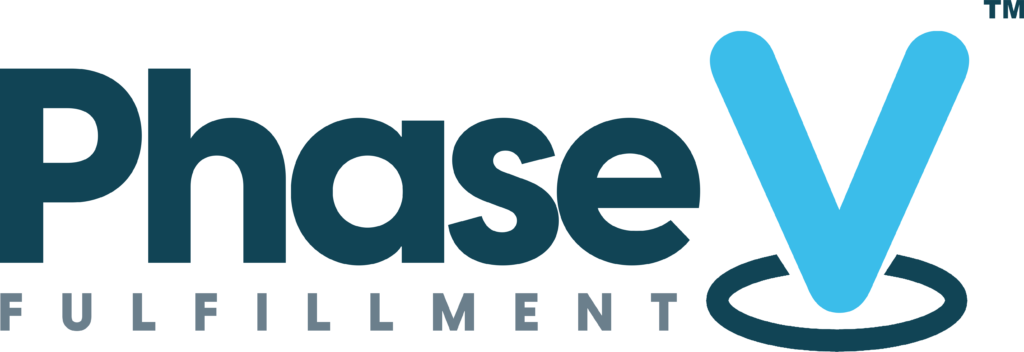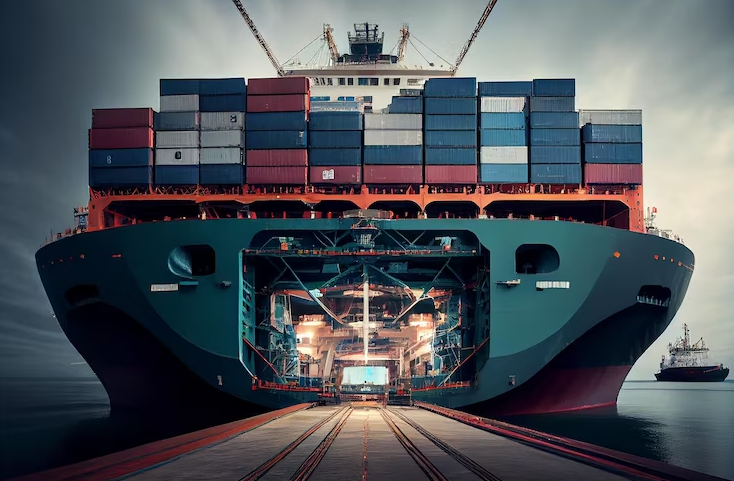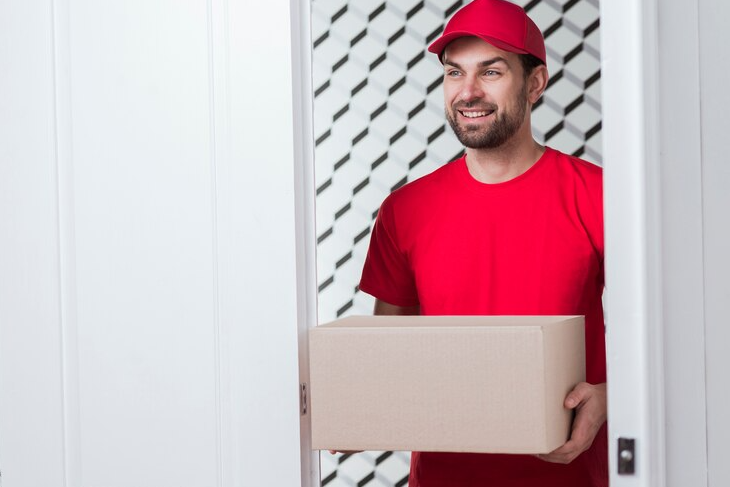E-commerce consumers spend $500 billion online each year and this trend continues to grow as the preferred way for consumers to shop. As orders continue to ramp up, e-commerce vendors are finding that they lack space to store their inventory, and the labor and infrastructure involved in continuing to fulfill their orders in-house. With e-commerce vendors expanding at a fast pace during the pandemic, many are partnering with 3PL fulfillment providers, in order to keep growing. When e-commerce businesses weigh the advantages of fulfilling their own orders versus outsourcing their fulfillment, they see how outsourcing to a tech-savvy 3PL (Third-party Logistics) firm such as Phase V Fulfillment, help them reduce labor costs, eliminate warehouse rentals, leverage discounts for packaging supplies, as well as receive deep carrier discounts on shipping rates and more. How do you decide if outsourcing is the best solution for your company? First, you need to find out what your cost per order (CPO) is, then compare that with the costs that fulfillment providers charge to outsource your fulfillment processes.
How Do You Calculate Your Fulfillment Cost Per Order?
To arrive at your CPO, add all of your warehousing expenses, i.e.:
- Receiving, inspecting, unpacking, and storing your product
- Fulfilling orders by picking, packing, and shipping
- Processing returns with reverse logistics
This formula only considers the labor involved in your CPO and may only represent 50% of your actual CPO. A better metric that includes facilities expenses, occupancy costs, and packaging supply costs is known as a “fully-loaded cost per order” and is essential for an e-commerce retailer to consider, as it can reveal the hidden costs of in-house fulfillment.
Fully Loaded Cost Per Order
Calculating your fully-loaded fulfillment CPO involves gathering basic statistical and cost data to create a historical comparison. To do this, you’ll need:
- Annual net sales amount – Your gross sales minus returns and exchanges
- Annual orders shipped – Your number of orders processed
- Total order lines – The total lines on your orders
- Annual boxes shipped – The number of boxes or cartons shipped. This number may be greater than your orders because it will sometimes require several boxes to ship some orders.
- Total direct labor amount – Your labor cost to complete fulfillment activities, including receiving, unpacking, picking, packing, shipping, and returning items.
- Total indirect labor amount – Your cost to complete any warehouse labor function not classified as direct labor. Usually, this pertains to support functions, such as warehouse supervision, maintenance, cleaning, clerical, and inventory.
- Total occupancy amount (fixed CPO) – Your facility/warehouse costs for leases, utilities, amortization, and depreciation for material handling, conveyor systems, and warehouse management systems.
- Total packing supply amount – Your cost for packaging boxes and envelopes, plus insulating materials to protect your items in transit.
- Total warehouse amount – The sum of warehouse expenses listed above.
Calculating Fulfillment Cost Per Order
Using these calculations to further understand your fulfillment costs, calculate:
- Total warehouse cost per order – Warehouse costs divided by annual orders shipped
- Total warehouse cost per order line – Warehouse costs divided by total order lines
- Total warehouse cost per box – Warehouse costs divided by annual boxes shipped
Other Things To Consider
Fixed Cost Of Management Overhead
Salary and benefits costs for fulfillment director and departmental managers can be allocated or spread over the number of orders.
Shipping Costs
For outbound shipping costs, you will want to calculate the CPO and cost per box separately from the warehouse costs.
- Shipping cost per order – Total outbound shipping costs divided by the total orders
- Shipping cost per box – Total outbound shipping costs divided by total boxes
Employee Benefits And Payroll Taxes
These costs include the employer’s share of payroll taxes and paid benefits, such as medical, retirement, and educational assistance and are excluded from the warehousing costs above. Because employee benefits differ greatly between companies, they can add 15% to 30% additional cost to your CPO. From a fully loaded CPO, you can compare your in-house fulfillment costs to outsourcing your fulfillment operations to a 3PL provider, such as Phase V Fulfillment.
Outsourced Fulfillment Cost Breakdown
Outsourcing your fulfillment operations to a 3PL can lower your CPO and increase your bottom line by leveraging the technology and the experience of skilled labor to automate and streamline your fulfillment operations, in addition to reducing your overhead for warehouse leases, labor, and maintenance. Because 3PLs order in bulk, your 3PL provider can lower your CPO by offering you savings on packaging and shipping supplies, as well as deep discounts on carrier rates. For a comparison of how a 3PL partner can help move your company forward as you grow by handling your fulfillment operations, you should consider the following fulfillment company fees:
- Setup fees – In most cases, this is a one-time payment based on the type of business you operate combined with the amount of volume you expect to fulfill. While some fulfillment businesses charge a flat rate, other 3PLs base their setup fee on the type of inventory you have.
- Intake fees – Fulfillment companies handle your inventory’s intake and receiving fees covering all the services they provide to receive and process your inventory. These fees can be charged by the hour or as a flat fee on a per-item or per-unit basis, for each pallet or box you ship.
- Storage fees – These fees can vary based on your inventory and the time, space, and equipment needed to receive it, register it, and store it until your items are sent to a pick & pack station for shipping. Some 3PL service providers charge a per pallet stored fee and some charge based on the total amount of space your inventory occupies.
- Pick & pack fees – Cover retrieving the item from storage and packaging it for shipment. The fees for this range from roughly $.50-$2 per item. Some companies offer bulk rates for shipping multiple items, but some may also charge a small order fee.
- Shipping fees – The cost of shipping an item to the consumer from your 3PL’s facility. Efficiently managing shipping rates is essential to keeping your CPO down, as consumers demand faster delivery times.
- Kitting fees – The process of assembling items before they’re packaged and shipped. Your single items may not be subject to these fees; however, these fees may apply to returned items.
- Return fees – Cover receiving and dealing with defective and exchanged items, disassembling and inspecting returned items for problems.
- Account management fees – Typically an amount added to your monthly invoice, these fees cover administrative costs, such as providing account management and access to 3PL management software and other incidentals associated with fulfilling your orders.
Your 3PL provider fulfillment fees may be a simple calculation of intake, storage, pick & pack, and shipping fees, or they might involve a variety of additional fees, depending on the services provided. From this breakdown, you should be able to see how different variables can affect your fulfillment cost when considering partnering with a fulfillment provider.
Fulfillment Pricing Model
Pricing models vary among 3PLs and fulfillment companies. Generally, companies charge a unit-based fee for intake and packaging and charge by the cubic foot for storage. Also, orders are charged:
- Per item for pick & pack costs
- By the shipment for receiving costs
- By the kit for kitting costs
- A flat rate for customer service
Some fees are based on units, generally by the pallet, unit, and by the hour. Because pricing models can significantly impact total fulfillment costs, be sure that you understand the fees that apply and the pricing models used to estimate a 3PL’s fulfillment costs.
Calculating Fulfillment Costs
For a ballpark estimate of your outsourced fulfillment costs, you need to determine how much inventory you want to store and how much storage space you need. Sometimes, these figures are readily available, as a precaution, calculate for 10% more space than you think you need. Then, you will need to know:
- Your 3PL’s rates (based on items, units, etc.)
- Number of pallets, orders, and units per order for a time period (i.e., month, quarter, etc.)
Next, add the totals for each line item, such as
- (10 pallets) x (storage fee per pallet)
- (15 orders per month) x (pick & pack fee per unit)
- and so on, to reach your estimated fulfillment costs for one month
When comparing fulfillment costs, add-on fees can be hidden in the fine print, such as long-term storage fees and minimums for the number of orders processed, etc. Ask your 3PL if there are any other fees you need to know about before contracting your outsourced fulfillment to them. At Phase V, we partner with you to offer customized plans that fit your company’s needs with clear pricing so you can make an informed decision. One of the intangibles not factored in here is the increased amount of time you will have to focus on growing your business when you partner with a 3PL. Contact Phase V to discuss how our tech-enabled 3PL services can set your business up for success!



